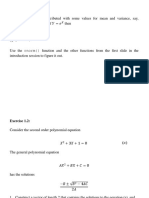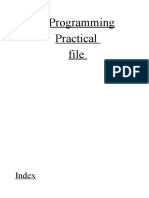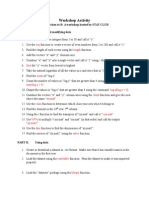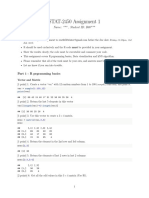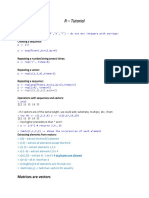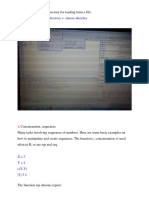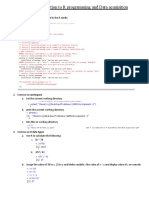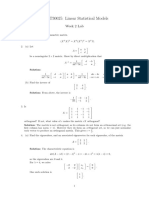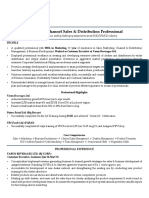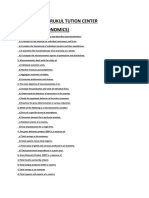0% found this document useful (0 votes)
12 views8 pagesAssignment 1
The document is an assignment for students at Presidency University, detailing various tasks involving the creation and manipulation of vectors and matrices using R programming. It includes exercises on statistical calculations, matrix operations, and data analysis with specific datasets. The assignment covers a wide range of topics, from basic vector creation to advanced statistical concepts and matrix algebra.
Uploaded by
Soumyadeep MajumdarCopyright
© © All Rights Reserved
We take content rights seriously. If you suspect this is your content, claim it here.
Available Formats
Download as PDF, TXT or read online on Scribd
0% found this document useful (0 votes)
12 views8 pagesAssignment 1
The document is an assignment for students at Presidency University, detailing various tasks involving the creation and manipulation of vectors and matrices using R programming. It includes exercises on statistical calculations, matrix operations, and data analysis with specific datasets. The assignment covers a wide range of topics, from basic vector creation to advanced statistical concepts and matrix algebra.
Uploaded by
Soumyadeep MajumdarCopyright
© © All Rights Reserved
We take content rights seriously. If you suspect this is your content, claim it here.
Available Formats
Download as PDF, TXT or read online on Scribd
/ 8















